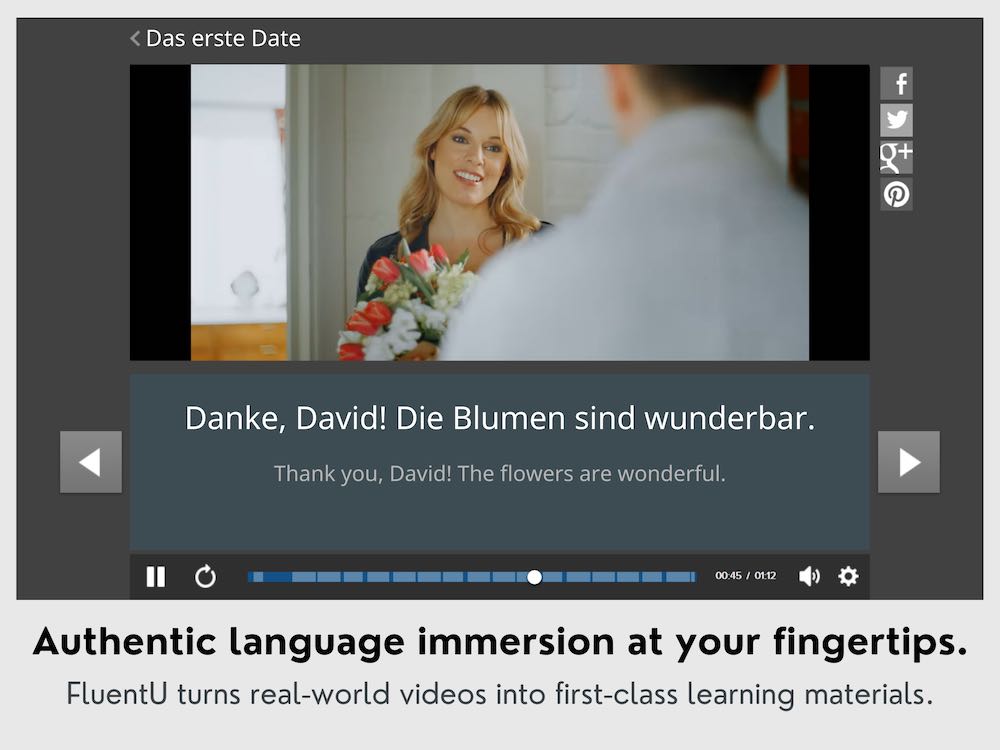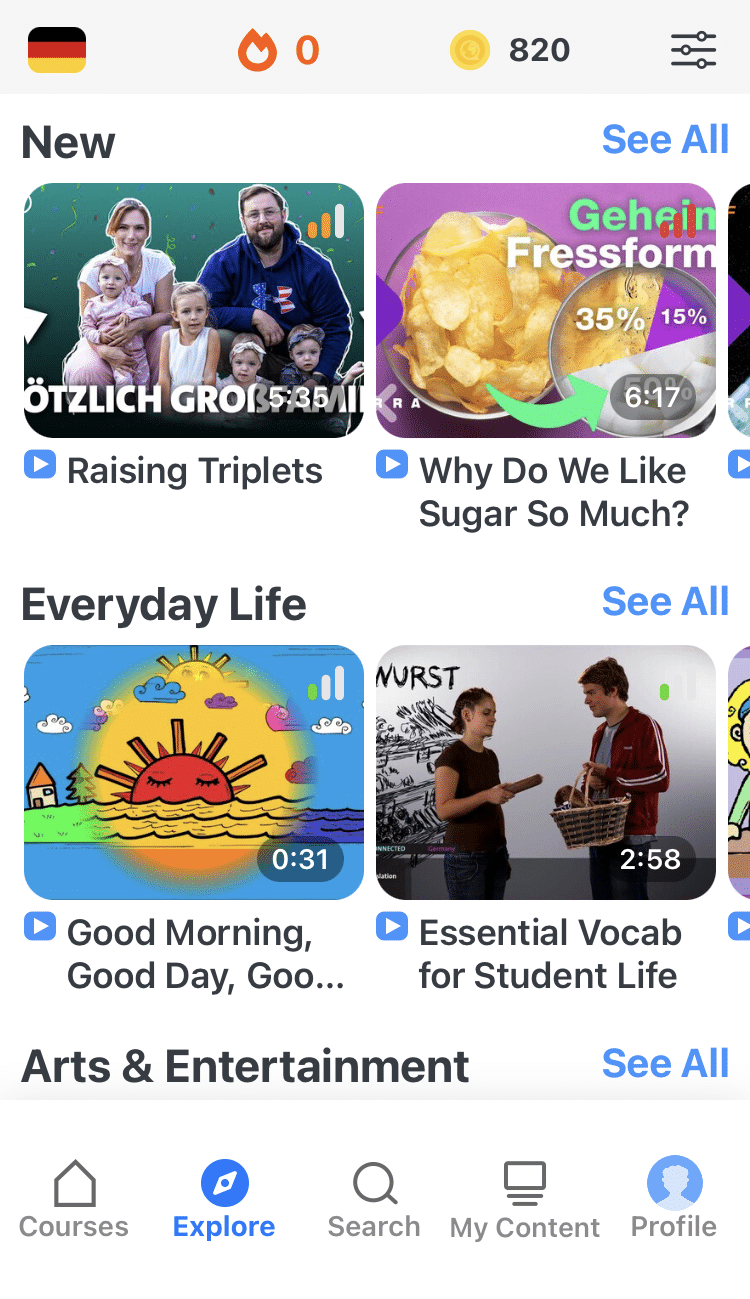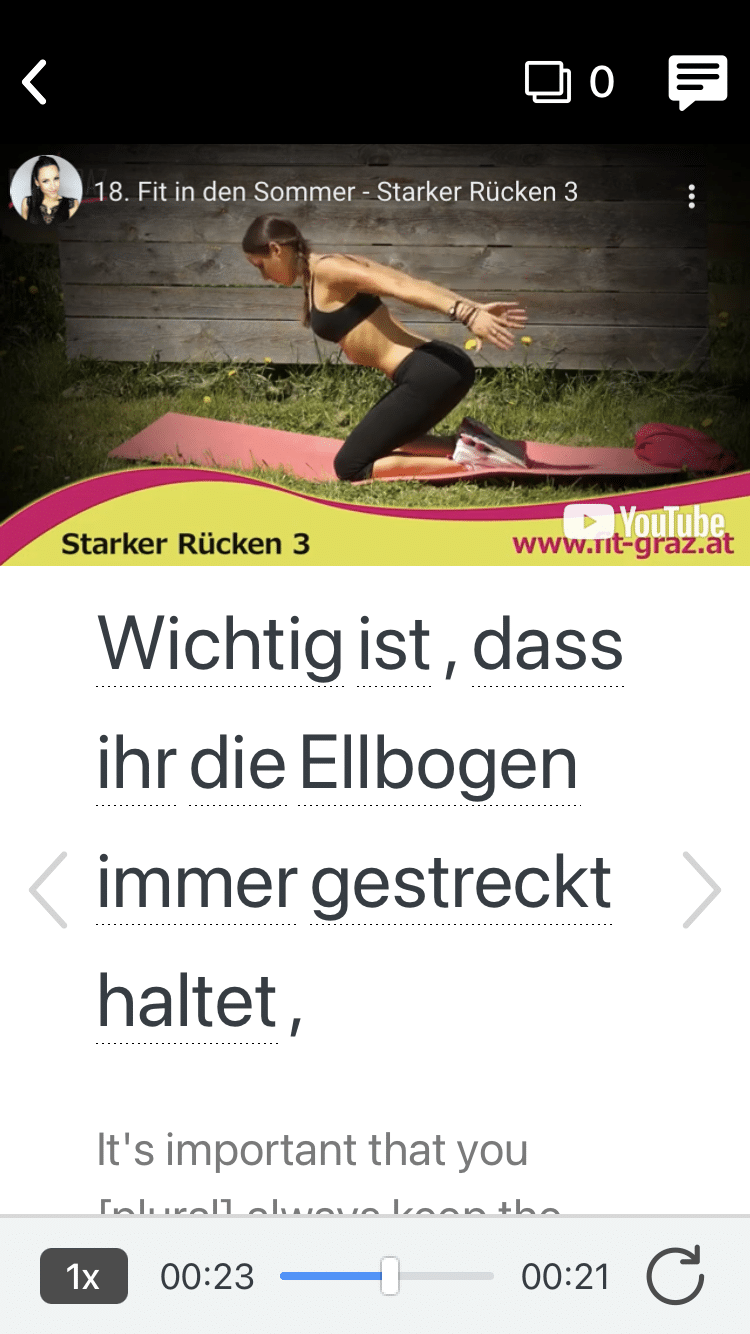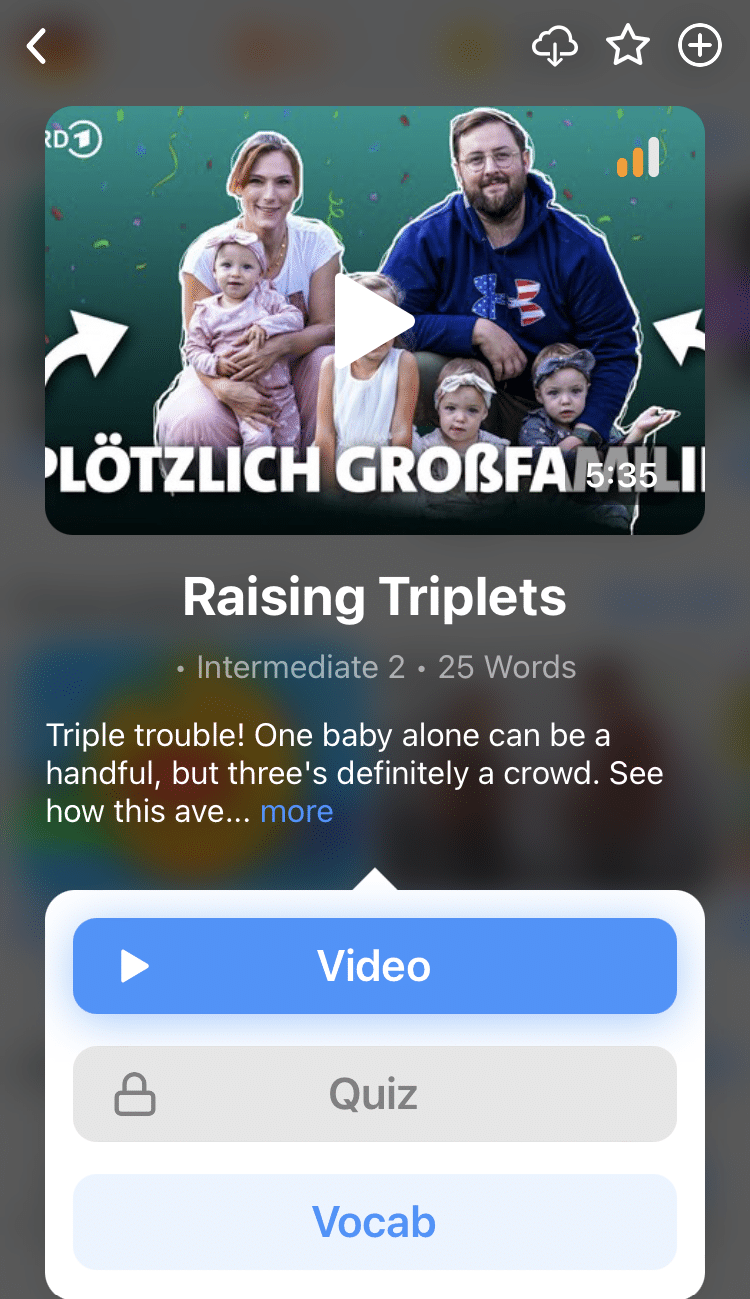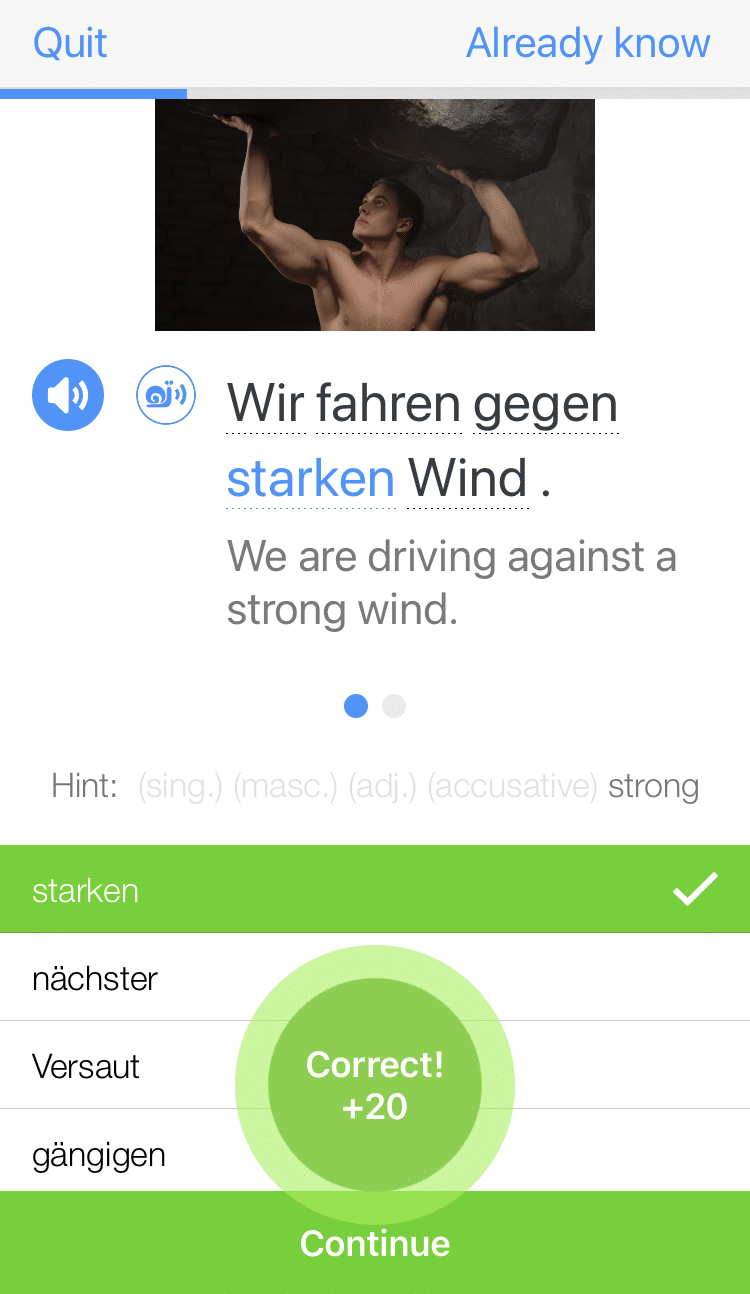
German Homophones
You’ve agreed to an innocent swim one summer evening with your German buds.
Suddenly, your friends strip and run to the lake! It’s times like these that you need to know your Nacht (night) from your nackt (nude)!
German has plenty to offer when it comes to entertaining words, but some sit together just a little too close for comfort.
The ability to recognize German homophones and tell them apart is ultimately what separates the pros out there riding the waves from those still playing in the shallows.
Contents
Download: This blog post is available as a convenient and portable PDF that you can take anywhere. Click here to get a copy. (Download)
Homophones vs. Homonyms
What exactly are homophones? Put simply, a homophone is a word that sounds the same as another one, but is spelled differently and has a different meaning.
Homophones usually exist in pairs, and English is full of them! Think “aisle” and “I’ll,” or “knead” and “need.”
These are not to be confused with another family of words which are homonyms. A homonym is a word that is spelled the same but has a different meaning.
For example, “bat” in English is a nocturnal flying mammal, a club used in baseball and more.
5 Common Mix-ups with German Homophones
With practice, you’ll start to find it easier to deal with homophone pairs. But what to look out for exactly? Below are a few commonly mixed-up sound pairs and examples.
1. s/ss
One “s” or two? Whether at the end of a word, or before a consonant, the sound is the same. Here are some German word pairs that only differ by one “s.” You’ll recognize the first pair from the popular Rammstein song above:
Note: In German, there is a difference between the use of “that” as a demonstrative pronoun, replacing a thing and “that” as a conjunction, connecting two phrases. For example:
Das ist nicht wahr. (That’s not true.)
Ich glaube, dass du recht hast. (I believe that you’re right.)
Here’s another:
Note: Frisst derives from the verb fressen (to eat) which is typically reserved for animals, or humans with bad table manners. Here’s an example:
Fido frisst meine Hausaufgabe. (Fido eats my homework.)
2. s/sz and s/z
There is in fact a slight difference in pronunciation between “s” and “z” at the start of a word. An “s” is pronounced more like an English “z,” as in “zero,” while “z” should be pronounced “ts.”
However, because the “ts” sound doesn’t exist in English, it is common for native English speakers to find it difficult to distinguish a “z” from an “s” in German, both in hearing and speaking, making the following effectively homophones:
This one actually incorporates two fiendish traps! (More on “ä” vs “e” below.)
- sauber / der Zauber (clean/the magic)
That last pair is imprinted on my brain after once announcing that I had “no (particular) goals” to a group of colleagues, only to be met with a confused silence and a moment or two later to realize that everyone had in fact understood keine Seele (no soul). Oh, how we chuckled! Whoever said homophones can’t be fun?
3. d/t and dt/tt
All four of these word endings have essentially the same sound, which is one of the reasons native German speakers have no end of trouble distinguishing between English words like “weed” and “wheat.” Note the following examples:
4. ä/e
This one is a little trickier to pick as the “ä” (or “ae”) doesn’t exist in English. You pronounce it basically like the soft “e” in the English word “sell.” Once you’ve got the hang of that rule, the good thing is it’s applied pretty consistently.
Spare a thought for English learners, who have to be constantly on the lookout for the impact of the letters that come after an “e” (e.g. in the cases of “search” and “seal”).
There’s that d/t again!
5. i/ie
A single “i” has a longer sound in German than in English, which is very similar to the “ie” sound, so that the following words sound the same:
And to end on a real corker! The following quadruplet unites both homonyms and a homophone in one single group:
Why the Germans chose to have just three little letters stand in for three entirely different personal pronouns is something of a puzzler, considering the liberal array of definite articles available, in comparison to the relatively paltry “the” offered up by English.
Common German Homonyms
Once you get the hang of the homophones, then you try your hand at a few homonyms as well.
You can blame the curious capitalization of German nouns for a few homonyms, such as:
But that’s not all. In the case of the word for “fringe” or “bangs” and the word for “pony,” it’s only the preceding article that reveals whether you’re talking about a horse or a hairstyle.
Here are a few others worth knowing:
- die Leiter / der Leiter (the ladder/the leader)
- der Stift / das Stift (the crayon/the monastery)
- die Taube / der Taube (the pigeon/the deaf person)
- das Tor / der Tor (the football goal/the gate, fool)
- die Band / der Band / das Band (the band, music group/the book volume, tome/the ribbon)
Fortunately, context plays a big role in verbal communication, so if you’re at the hairdresser asking for your pony to be trimmed, chances are they’ll get the message! Though to play it safe you might just want to ask for a Haarschnitt (haircut).
How to Practice German Homophones
Practice Conversation
Homophones only make their presence felt in spoken German, so it’s in conversation with German speakers that you’ll bump into them. It’s here too that confusion and misunderstandings are likely to arise—but that’s okay, it’s all part of the learning process. Do your best to get conversation practice, and when you come across a new homophone, write it down if possible.
If you’re not very good at understanding people in German conversation yet, you can get listening practice by watching German media like TV shows and movies. Online videos are also a nice option, giving you quick exposure to native German speech across all sorts of genres and topics.
Another resource for learning German through media is FluentU.
FluentU takes authentic videos—like music videos, movie trailers, news and inspiring talks—and turns them into personalized language learning lessons.
You can try FluentU for free for 2 weeks. Check out the website or download the iOS app or Android app.
P.S. Click here to take advantage of our current sale! (Expires at the end of this month.)
Immersing yourself in German dialog across all sorts of media can train you to get beyond your homophone confusion. You don’t have to guess what a word means when you can figure it out from the surrounding context. This will help prepare you to decipher exactly which words you’re hearing in everyday German conversations.
Train Your Accent: Repeat, Repeat, Repeat!
The basic rules of German pronunciation are an essential place to start for German beginners—and important to get right so that you don’t inadvertently create your very own homophones by mispronouncing words! Fortunately, unlike English, the rules of pronunciation in German are pretty stable.
Once you learn them, you’ll find that they are applied consistently. Still, there are some sounds that are a little harder to master than others. This is often because they don’t really exist in English—such as the “ts” sound for a German “z,” and anything with an umlaut (those pesky little dots!). These ones might need a bit more work.
If you’ve managed to find yourself a language exchange partner, ask that person to be diligent about correcting your pronunciation. You might need to reiterate this as time goes on—bad habits that develop early can become entrenched, and your friend might feel bad about interrupting the conversation, especially after you’ve known one another a while. But it’s the only way to get it right!
Discover Wordplay
If you’re a bit of a poet at heart, you’ve come to the right place! Okay, so German might not be the language of love, but Germans do love their Buchstabenspiele (word games; literally “letter games”).
Homophones are an essential ingredient in Wortspiele (puns), while homonyms have earned a place at the center of their very own game, mysteriously titled Teekesselchen (“small teapot”), which you can find out all about here.
But before you assume puns are only for kids and old timers, let’s not forget it wasn’t so long ago that German industrial metal band Rammstein climbed the charts with a modern-day Wortspiel, their song “Du Hast,” a play on the homophones meaning “have” and “hate,” whose lyrics are explained here.
Homophones are a reality of learning to speak and understand German—but they don’t have to become stumbling blocks. With a bit of practice, you can get used to having them around—and maybe, just maybe, learn to love them.
Speaking of which, it may be some comfort to remember that learners of English as a foreign language have an astonishing wealth of homophones to contend with, a selection of which are listed here.
Sieh es positiv! (Cheer up!) and count yourselves lucky, German learners!
Download: This blog post is available as a convenient and portable PDF that you can take anywhere. Click here to get a copy. (Download)
And One More Thing...
Want to know the key to learning German effectively?
It's using the right content and tools, like FluentU has to offer! Browse hundreds of videos, take endless quizzes and master the German language faster than you've ever imagine!
Watching a fun video, but having trouble understanding it? FluentU brings native videos within reach with interactive subtitles.
You can tap on any word to look it up instantly. Every definition has examples that have been written to help you understand how the word is used. If you see an interesting word you don't know, you can add it to a vocabulary list.
And FluentU isn't just for watching videos. It's a complete platform for learning. It's designed to effectively teach you all the vocabulary from any video. Swipe left or right to see more examples of the word you're on.
The best part is that FluentU keeps track of the vocabulary that you're learning, and gives you extra practice with difficult words. It'll even remind you when it’s time to review what you’ve learned.
Start using the FluentU website on your computer or tablet or, better yet, download the FluentU app from the iTunes or Google Play store. Click here to take advantage of our current sale! (Expires at the end of this month.)
